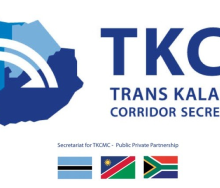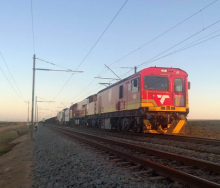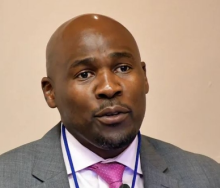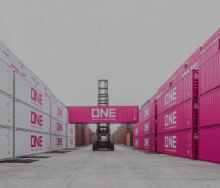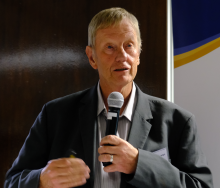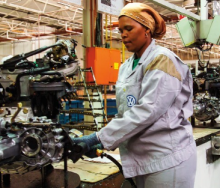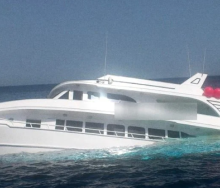Southern Africa is behind in transitioning to 5th generation ports with a simple challenge – adapt to the new order or be left behind, according to Letitia Grimett of the Moses Ketane Institute.
Grimett addressed delegates to the 2022 Southern African Transport Conference in Pretoria today (July 6) on: “Smart Ports: Is SADC positioned for transition?”.
She said that at 5th generation ports such as Singapore or Hong Kong, you see all the necessary factors that make a port successful – from port facilities to transport routes that are efficient and reliable. The biggest issue in Durban – the region’s busiest port - at the moment is badly planned access and egress - and that is why it is a nightmare.
At best southern Africa’s ports are still transitioning from Stage 2 to Stage 3 in development.
“With such a gap to be made up, if you want to fund upgrades off a very low tax base, where is the money to come from?” she asked.
“Added to this is the need for the greening of port operations and use of technology to facilitate better freight movement,” she said. This requires good education and training in key fields such as technology.
She said it was important to note that a third of all shipping in the world was in the hands of one company – Maersk. “This gives it enormous power to dictate requirements which are greener and must include the best of equipment for loading and offloading at ports.
“If you do not adjust and meet the demands you will be left out,” she contends.
She said that Africa was destined to be the most populous continent with the largest market in the world. This will call for it to promote beneficiation on its shores rather than import to meet the demands of this population.
Grimett believes the country does not have proper hubs in place for transport, which is vital for success.
The world’s port development success stories have a long-term vision of where they want their economies to be - and along with it the port and transport infrastructure. Africa was bedevilled by regular changes of governments, which did not always follow the development goals of the predecessor, she concluded.

